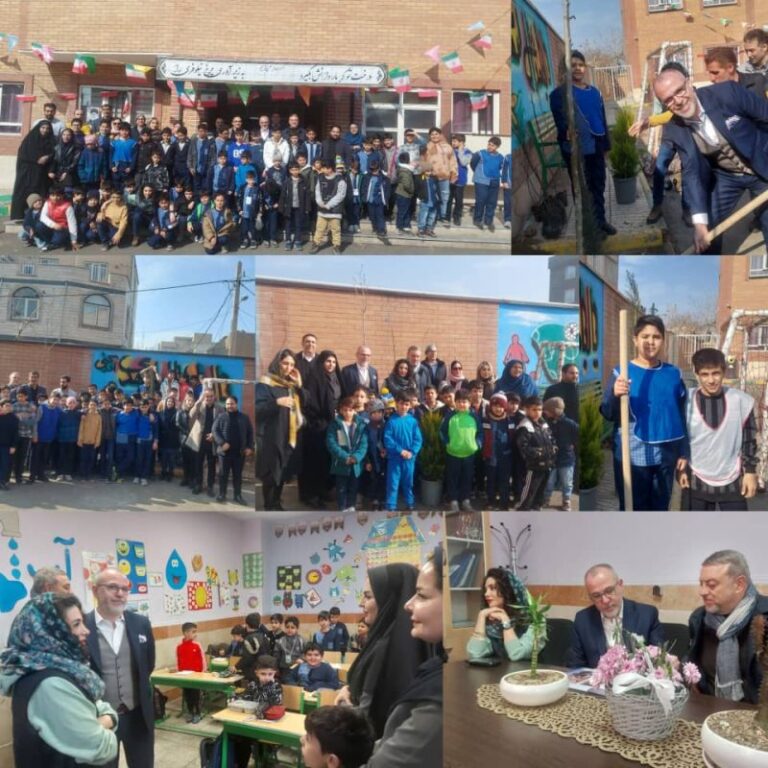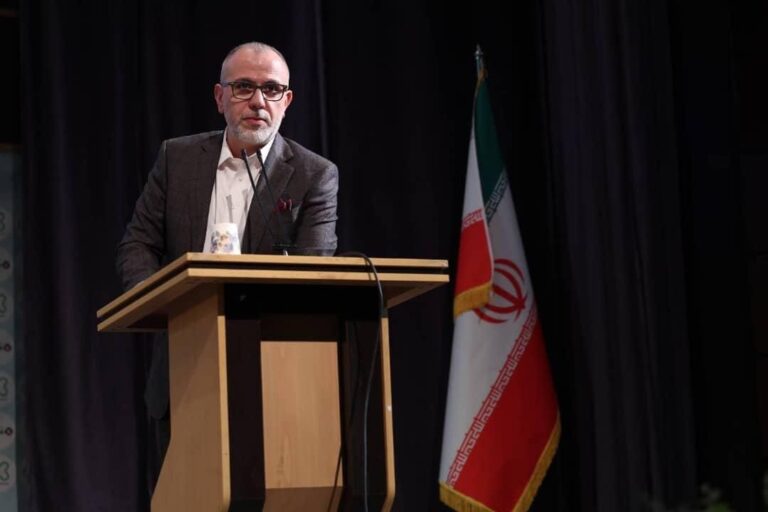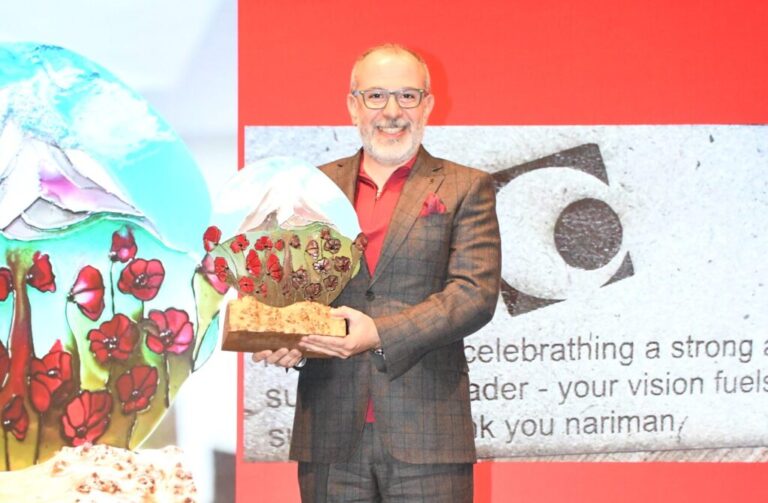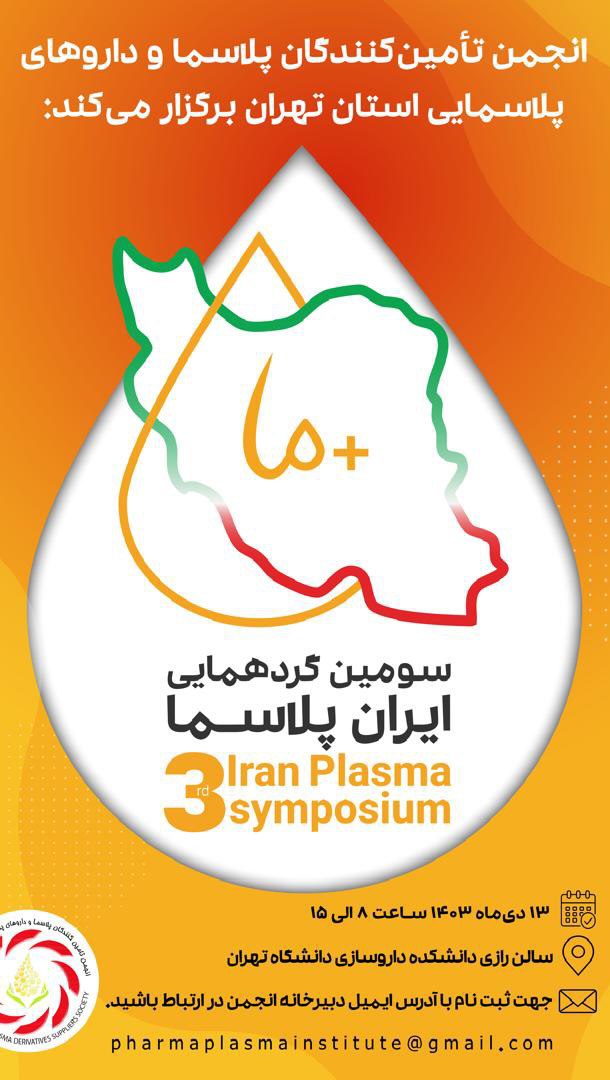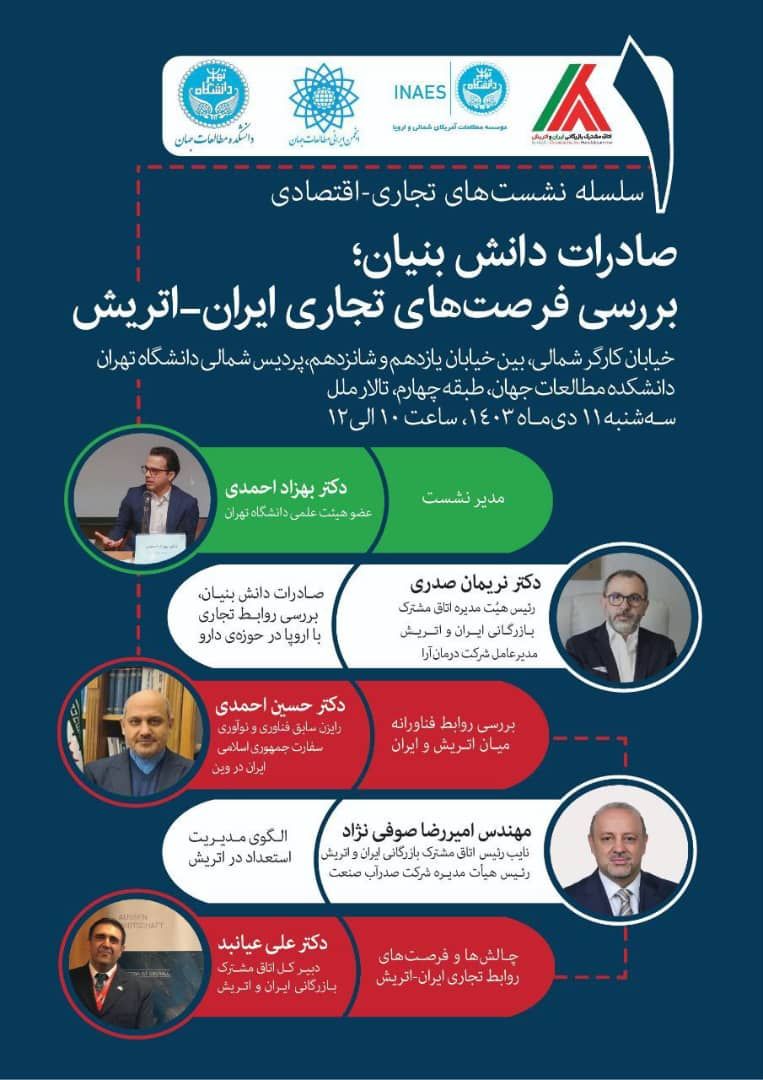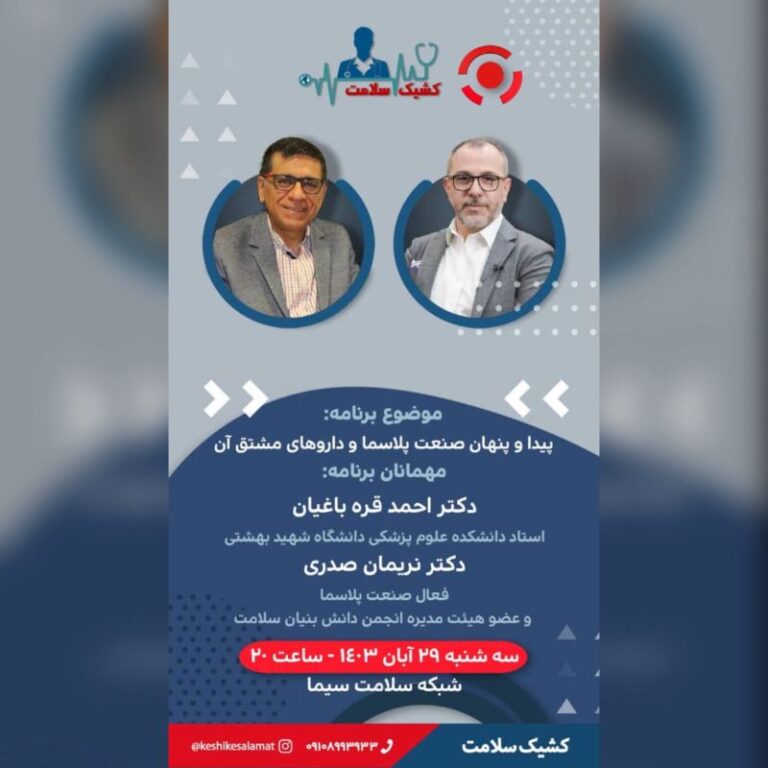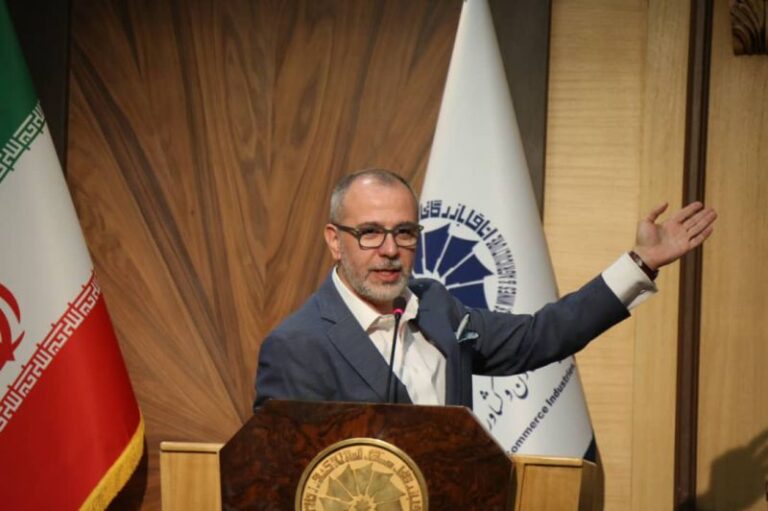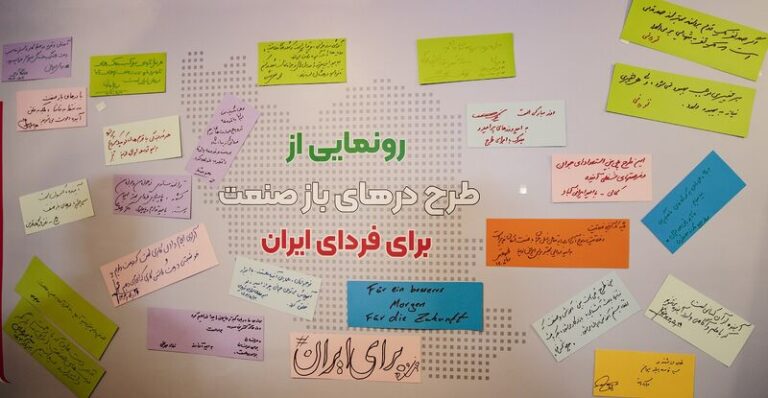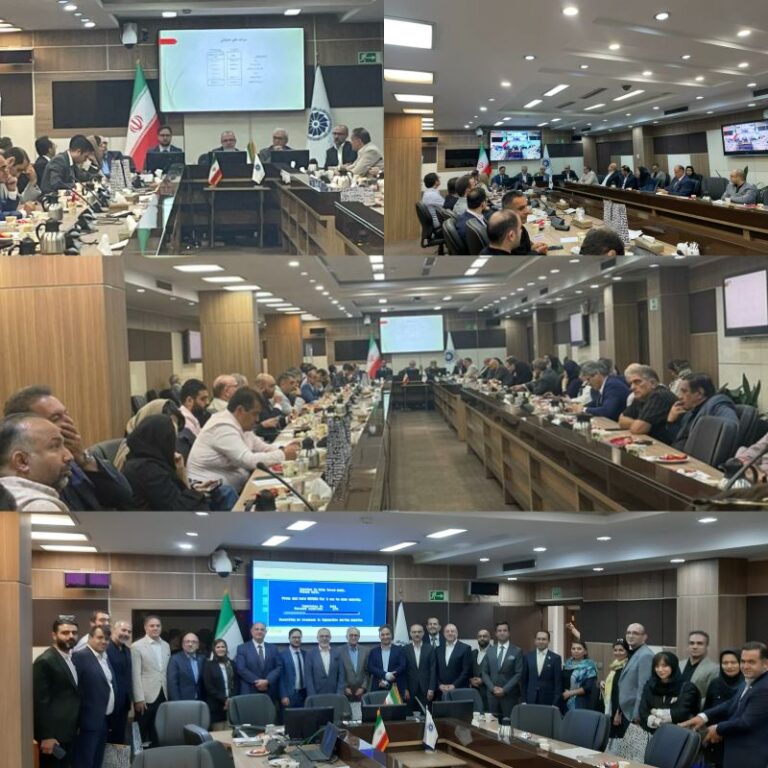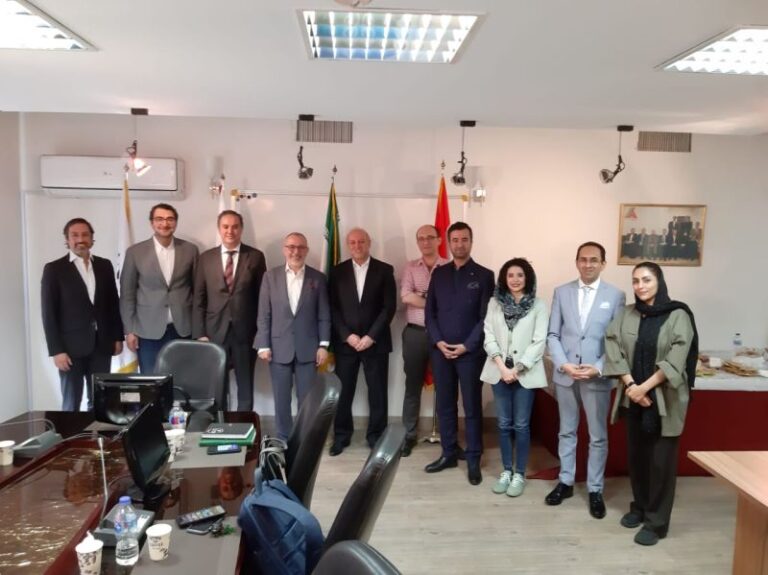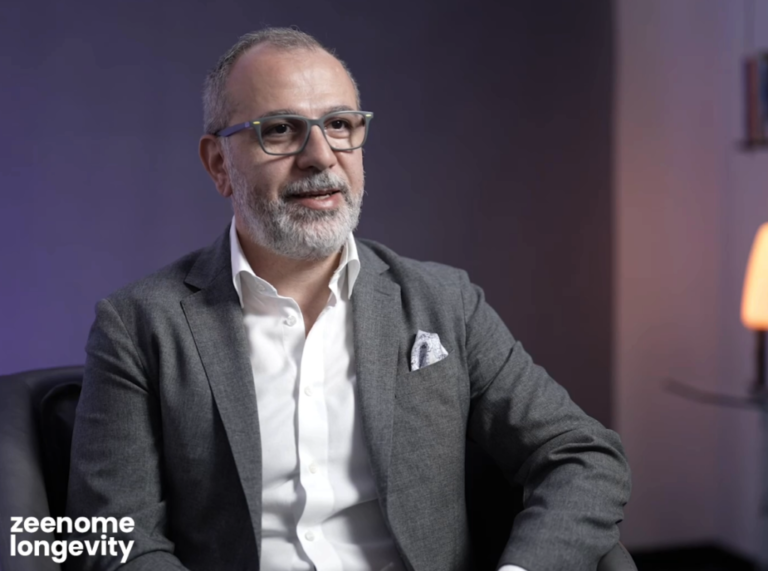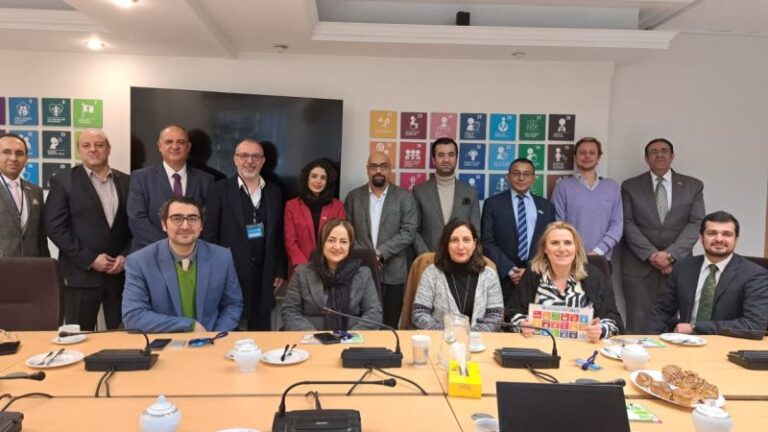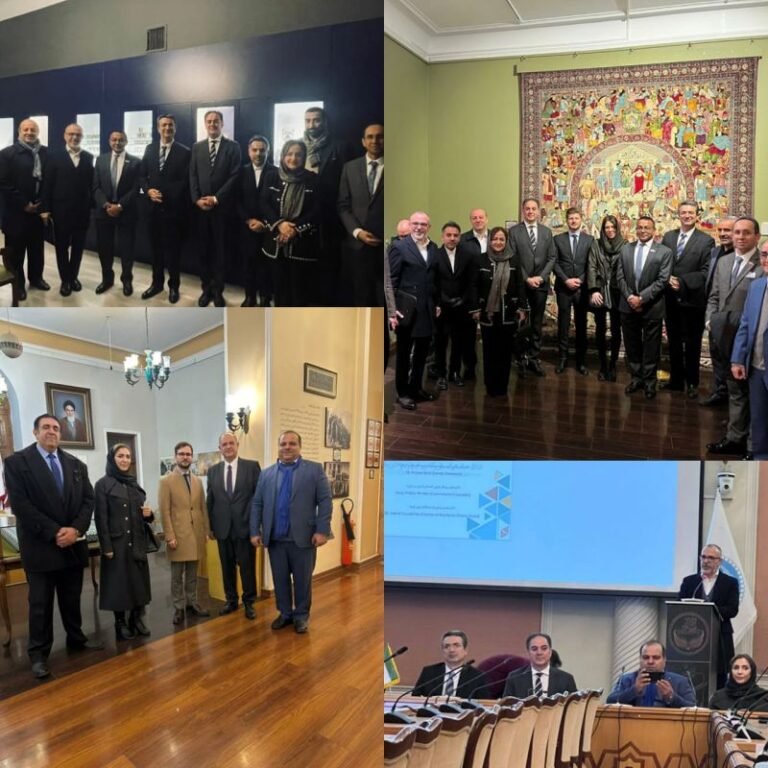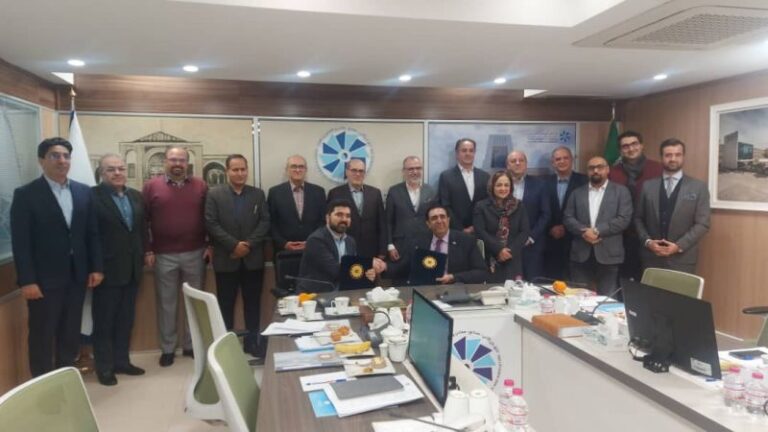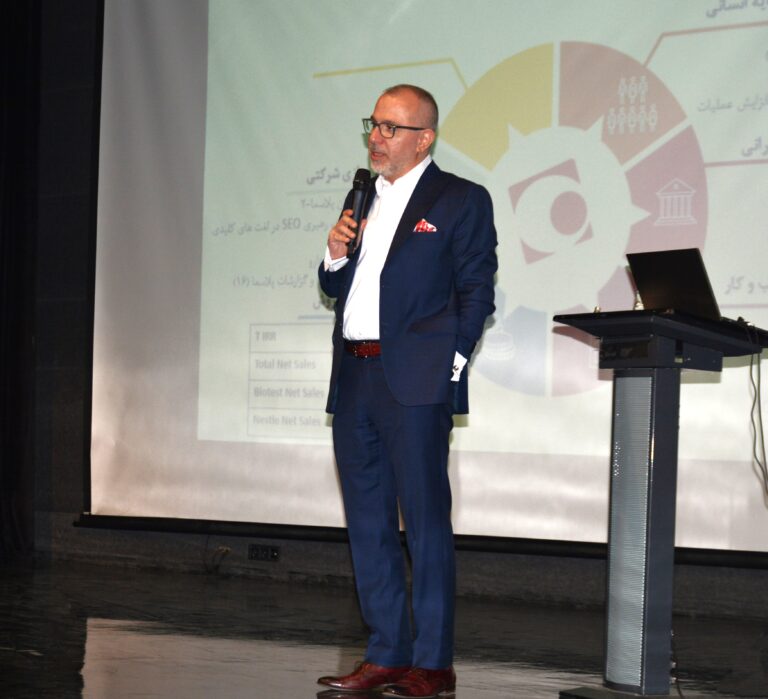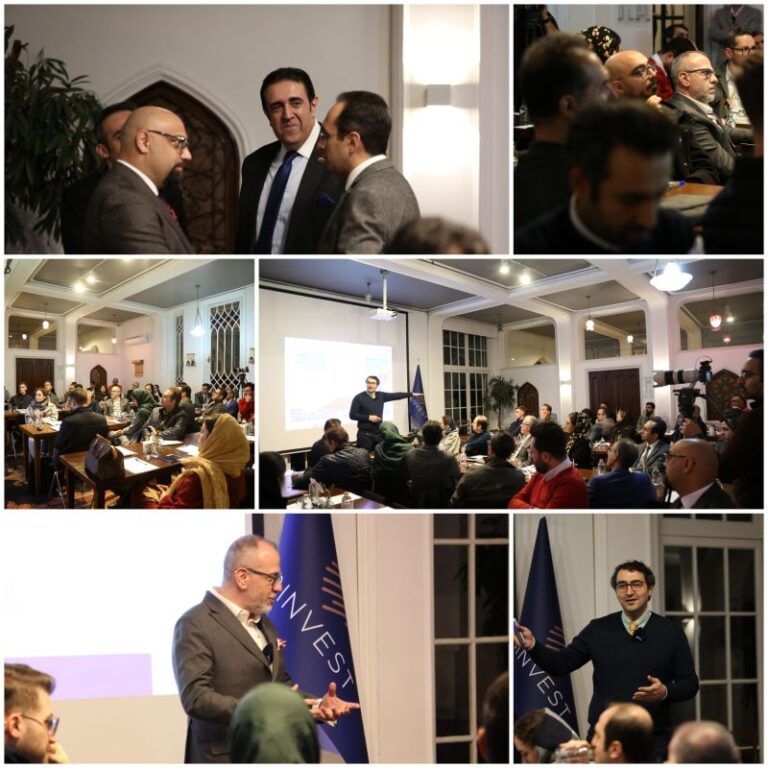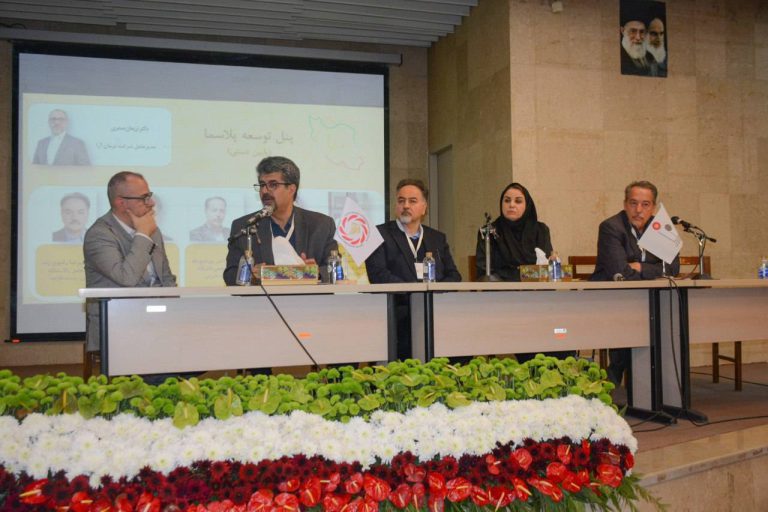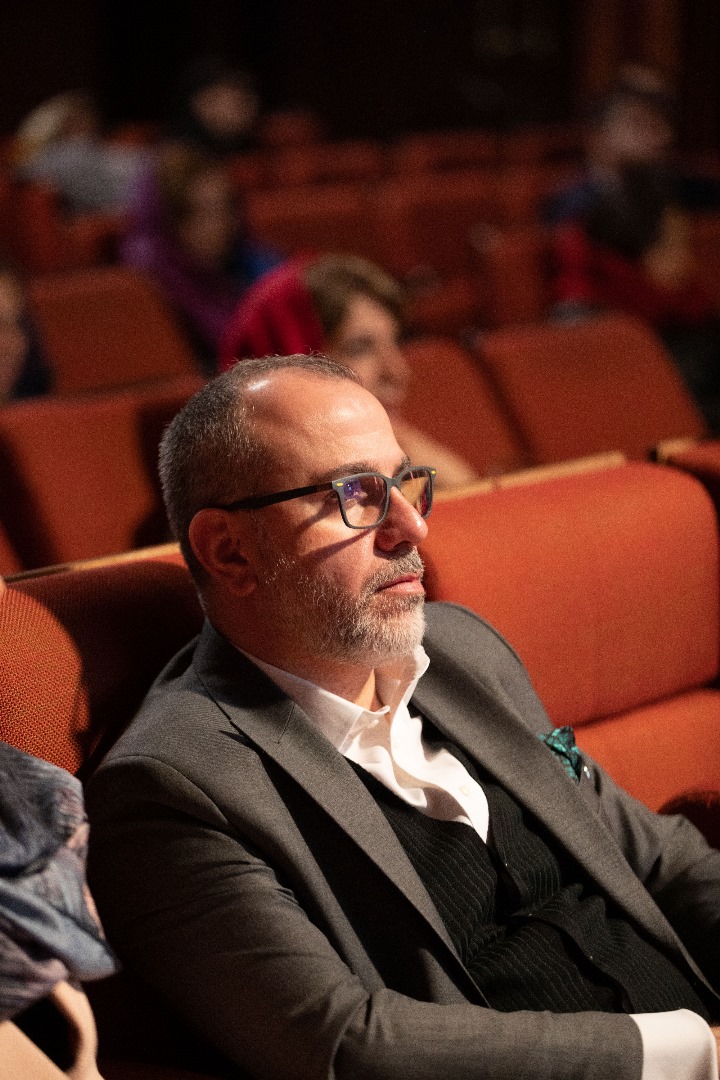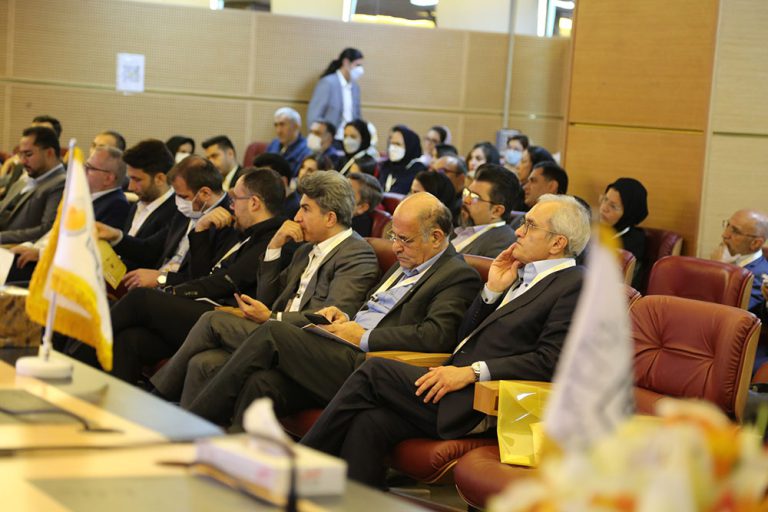Love is profoundly complex while it can give rise to the most beautiful feelings in life, it can also bring about the deepest pain.
People have different lived experiences of love, yet when we listen to their stories, we find striking similarities in these experiences.
To understand the essence of love, we must trace the journey of human life from the moment of birth. Before birth, in the final days of pregnancy, we exist as fully developed infants, experiencing the utmost comfort and security within our mother’s body perhaps the most fulfilling days of life in terms of instinctual satisfaction. Although we cannot consciously remember, this experience is imprinted in our subconscious. Suddenly, we are torn away from this blissful state and thrust into the world with all its pain and deprivation.
At birth, we are no longer one with our mother as if our loneliness begins at that very moment. This separation becomes our first great suffering, and the first experience of its alleviation comes when we are embraced by our mother. Her arms offer a fleeting return to that initial state of oneness.
From that moment forward, the experiences we share with our mother, and later with our father, relatives, and friends moments of loving and being loved are all part of an ongoing attempt to reclaim that pure, original experience of unity in the womb. We constantly seek to recreate that feeling of being whole, yet each time we are disappointed, realizing that such an experience is unattainable.
Then, for the first time, we fall in love. We encounter another person who awakens within us the hope that, at last, we have found someone capable of restoring that lost sense of unity. This person becomes incredibly significant to us because they seem to fulfill our deepest longing the desire to escape loneliness. We begin to believe that with this person, we might once again experience that primordial sense of wholeness.
In the early days of love, we perceive the beloved as perfect. Every word they speak and every action they take appears flawless to the lover. In the face of the beloved, we find qualities we cannot see in ourselves, and we attach to them because they seem to complete us. Love creates the illusion that with the beloved, we are whole, empowered, and elevated. This explains why lovers are often filled with boundless energy, accomplishing things they might never have thought possible when not in love.
Love reaches its peak when union and the beginning of a shared journey materialize. In cases where union is not achieved, the lover remains trapped in the agony of unfulfilled longing perhaps one of the most excruciating experiences of human life.
The social structures we inhabit further amplify this narrative. The classic tale of love where a beautiful maiden and a brave young man overcome countless obstacles, culminating in marriage and eternal happiness reinforces this notion. In modern entertainment, this romantic ideal has been exaggerated, fueling the belief that love, like other life achievements, must be continuously pursued and maintained.
Yet, friends, the truth is quite different:
Love seemed easy at first, but difficulties soon followed.
Perhaps the greatest challenge is that love does not equate to compatibility. Falling in love does not guarantee that the beloved is the most compatible partner for the journey of life. In fact, incompatibility is often highest at the outset of love. To sustain a lifelong relationship, we must understand that love is not only something to find – it must also be built. Compatibility requires effort and energy from both sides. Love is not just a feeling; it is an action. It requires investment, not the naive expectation that love will perpetually fuel us.
Research shows that lovers, before union and in the initial months of togetherness, exhibit brain patterns marked by high levels of dopamine and serotonin – the same patterns observed in cocaine addiction. This can obscure the reality of compatibility. After union, brain patterns shift, and a deeper, compassionate form of love rooted in oxytocin emerges – the same bond seen between parents and children.
Misunderstandings about love and compatibility have led many of us to chase the euphoria of early love, suspending ourselves in a state of longing. Some remain in that pre-union phase because it prolongs the excitement, while others, despite clear incompatibility, fear acknowledging that happiness may lie elsewhere.
We must accept that no other human can completely erase our loneliness. That original union before birth cannot be recreated. Acknowledging this truth is part of maturing – it allows us to embrace the reality of love.
This reality may vary across individual experiences, but there is a common thread:
Love must be built.
Even in the best unions, some degree of loneliness endures. Parts of our being remain unknown to the other, and this is no one’s fault – neither ours nor the beloved’s. It is simply the nature of human existence – we are alone on the journey of life.
Love, through the lens of building and creating, allows us to connect deeply, forging companionship that softens the harshness of the road ahead. By building love together, we strive for understanding and compatibility, and perhaps, in the sweetness of shared journeys, the bitterness of solitude can be eased.




